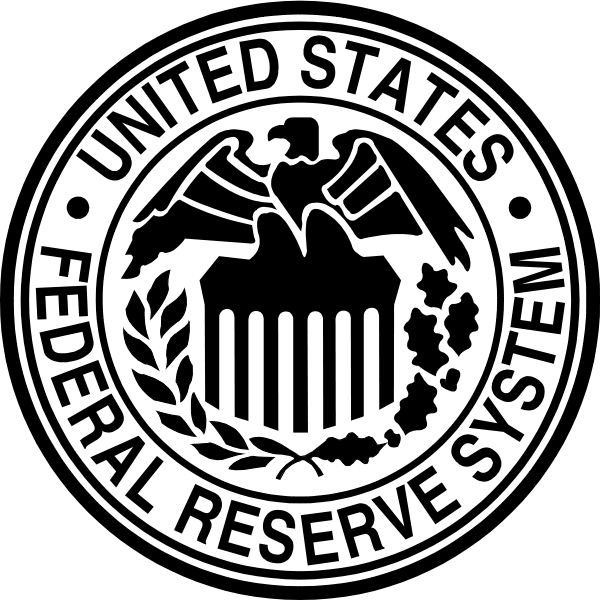The U.S. Federal Reserve's Federal Open Market Committee (FOMC) meeting will end today (Wednesday) with a statement release at 2 p.m. EDT, though it's not likely that the markets will be spooked by what has become a very predictable central bank.
 The Fed is almost certainly going to continue tapering its bond-buying program - known as the third round of quantitative easing, or QE3 - scaling back monthly asset purchases another $10 billion to bring the monthly tab down to $25 billion.
The Fed is almost certainly going to continue tapering its bond-buying program - known as the third round of quantitative easing, or QE3 - scaling back monthly asset purchases another $10 billion to bring the monthly tab down to $25 billion.
There also isn't any expectation that the Fed will deviate from its script on interest rates, and it's likely that Fed Chairwoman Janet Yellen will continue to stay mum as to when the Fed will raise interest rates from their near-zero level.
QE3 began in September 2012 as a monthly purchase of $40 billion in agency mortgage-backed securities (MBS) and another $45 billion in long-term treasuries, bringing the monthly asset purchase total to $85 billion.
In its December 2013 meeting, the FOMC announced its intention to begin reducing these purchases by $5 billion for both the MBS and the Treasury securities, for a total of $10 billion in reductions.
The Fed has been tapering its purchases by $10 billion with each FOMC meeting since December, and the current pace of asset purchases is $35 billion a month. As the minutes from June's meeting suggest, QE3 will end in October with one final $15 billion reduction.
Despite the Fed making its time frame for its easing policy more clear, there is no indication as to when the near-zero interest rate policy will change...
FOMC Meeting: Detecting Interest Rate Clues
Yellen has maintained that the Fed funds target rate of 0% to 0.25% will stay in effect for a "considerable" period, or at least until the labor market conditions are conducive to a rise in interest rates.
Many expect interest rates to rise sometime in the second half of 2015, though in a press conference following the March meeting, Yellen said that interest rates could rise as soon as six months after the end of the taper. This pushed the timeline forward for interest rate increases to as early as spring 2015, spooking investors and sending the S&P 500 down 0.61% on the day.
Yellen has since tempered her rhetoric on the interest rate picture and instead continues to stay vague on a timeline. The Fed's current refrain on interest rates is that they will remain low until the economy has seen substantial improvement.
As it stands, the national unemployment rate is at 6.1% with new numbers coming out this Friday. Additionally new economic growth figures released today have the economy roaring ahead at a 4% annual pace, better than what was expected after last quarter's 2.1% contraction.
Now for what the markets might do today...
Trading on FOMC Meeting Days
Since the Fed cut interest rates under Bernanke to their near-zero level in December 2008, the S&P 500 has averaged a 0.48% gain on FOMC meeting days, according to a report by BeSpoke Investment Group LLC.
In the most recent two-day meeting ending on June 19, the S&P surged ahead 0.77%. Though that increase pales in comparison to the 1.66% boost it got in December 2013 when Bernanke first announced the start of the taper. The average gain in the S&P on Fed meeting days since then has been 0.22%.
The FOMC meetings have also been providing a boost to alternative investments, such as precious metals. With the Fed reticent on interest rate increases, the inflation-minded investors tend to pour money into gold and silver with the expectation that a prolonged period of low interest rates will begin to spark inflation.
After June's meeting, when Yellen worked to walk back her "six months" statement on interest rates, the spot price for an ounce of gold increased 3.3%, and silver jumped 4.3%. Also, corn was up 1.8%, and crude oil was up 0.6%.
The Fed has been quiet on when there will be the inevitable rise in interest rates, and while it may be commonly held wisdom that stock markets falter on rate hikes, there are three companies that stand to gain from such a scenario...


